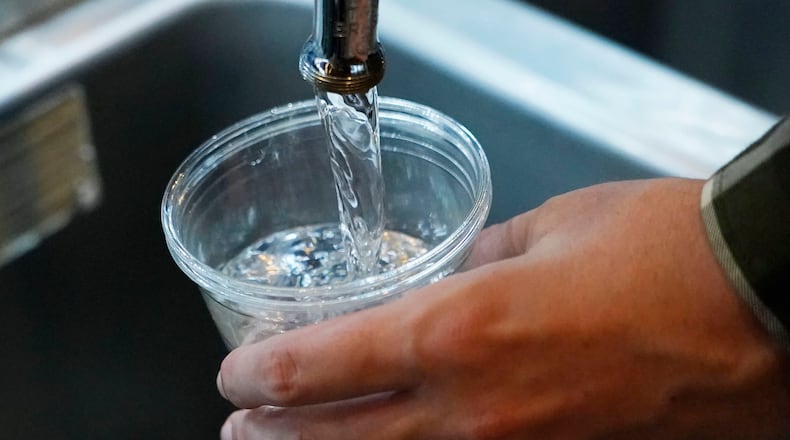Read the whole project:
- PFAS detected in 15 local public water systems over proposed EPA guidelines
- Experts discuss how PFAS got into our water, and efforts to eliminate ‘forever chemicals’
- Dayton says they’re working to address PFAS, but won’t go into detail
- Concerned about PFAS contamination? Here’s 5 things you can do at home
- Health, infrastructure costs of PFAS in the billions; Who should pay for it?
No level of exposure to PFAS is safe, according to the Environmental Working Group (EWG), an organization that studies drinking water and health.
Long-term solutions for the issue will take time, but residents can take action now to limit exposure.
1. Learn what’s in your tap water. Water departments publish their quality tests. Read your annual consumer confidence report from your water department.
2. Filter your tap water. Reverse osmosis systems have been shown to be effective in filtering out PFAS, but activated carbon filters that are found in filtered water pitchers are also efficient.
3. If you do use a filter, change it often. Filters become “spent” over time and use and lose their effectiveness.
4. Be mindful of what’s in the products you buy. PFAS are used to make a variety of products: some cosmetics, clothing, carpet treatment, non-stick pans and even food containers.
5. Do you have a private well? Consider having it tested for PFAS. The Ohio Environmental Protection Agency recommends using a laboratory certified in PFAS testing to prevent the contamination of testing samples.
About the Author

